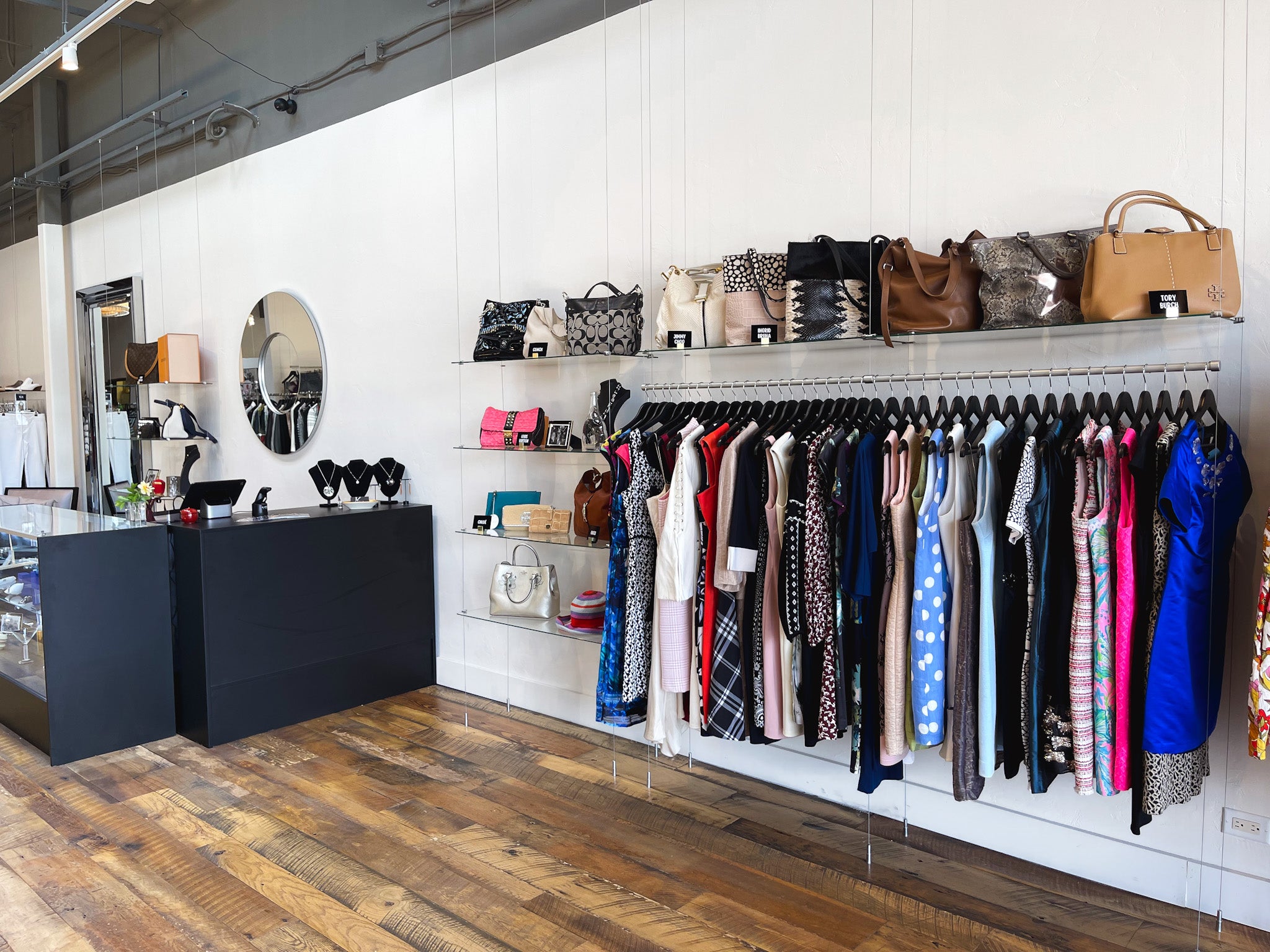Introducing the Tricks Behind Inexpensive Boutique Fashion
Introducing the Tricks Behind Inexpensive Boutique Fashion
Blog Article
Checking Out the Development and Effect of Clothes on Modern Style Trends
The development of clothing has actually dramatically affected modern style patterns, combining historical criteria with cutting-edge technologies. Famous numbers like Coco Chanel and Yves Saint Laurent reinvented the style market by introducing principles that focus on convenience and access, which continue to reverberate today.
Historical Style Influencers
In the tapestry of style background, specific numbers have actually left an indelible mark, shaping the patterns and designs that specify entire eras. Coco Chanel, an innovative designer, redefined women's fashion by introducing comfy, sophisticated clothes that departed from restrictive bodices. Her iconic Chanel fit and little black outfit have come to be timeless staples in closets worldwide. Likewise, Christian Dior's post-war "New Look" in 1947, with its party of feminineness via full skirts and cinched midsections, noted a return to opulence and has actually continued to influence designers.
Elsa Schiaparelli is another crucial number, renowned for her progressive styles that included surrealist art, collaborating with Salvador Dalí to develop whimsical pieces that challenged traditional looks. Her cutting-edge use of color and bold patterns reverberates in modern fashion. Yves Saint Laurent, on the other hand, equalized high fashion with prêt-à-porter collections, bringing path styles to the masses and setting a precedent for modern ready-to-wear lines.
These dreamers, amongst others, not just transformed fashion in their times but additionally set sustaining patterns that reverberate in today's garment industry, offering a structure whereupon modern-day developers remain to introduce and construct. Their heritages emphasize the relevance of creativity and bold in vogue's ever-evolving story.
Technological Improvements in vogue
Amidst the dynamic landscape of the garment industry, technological developments stand at the leading edge of advancement, reshaping just how developers develop and consumers involve with style. The integration of 3D printing has actually revolutionized style processes, making it possible for developers to explore intricate structures and lasting materials that were formerly unthinkable. This innovation promotes fast prototyping, lowering waste and accelerating manufacturing times.

Smart textiles, embedding modern technology right into textiles, are also transforming the sector. Technologies like temperature-regulating and self-cleaning textiles provide improved functionality and comfort. Wearable modern technology, integrating attributes like physical fitness tracking and communication, includes a new measurement to fashion, merging aesthetics with practicality.
Social Shifts and Style
As technological advancements remain to reshape the fashion business, cultural shifts are equally prominent, redefining style and consumer preferences. In recent years, the increase of social media sites systems has actually accelerated the circulation of worldwide fashion patterns, allowing varied cultural influences to assemble and coexist. This digital interconnectivity has actually helped with the rapid exchange of ideas, bring about a more comprehensive and diverse analysis of style that reflects the complex nature of modern-day see it here society.
Cultural recognition and admiration have actually prompted designers to attract inspiration from a more comprehensive range of historical and ethnic contexts, incorporating conventional concepts with contemporary visual appeals. This blend has resulted in style that reverberates with a wider audience, advertising a feeling of identity and belonging throughout different demographics. Furthermore, the raising need for personalization has driven brand names to supply customizable choices, allowing customers to reveal individuality while showing their social heritage.
Additionally, shifting social worths have influenced fashion, with inclusivity and variety ending up being main themes. The market has started to welcome models and influencers of numerous body kinds, ethnic cultures, and sex identities, challenging standard appeal requirements. This makeover underscores the power of social changes fit the future of fashion, as style becomes a much more authentic expression of collective and individual identity.
Sustainability and Modern Layout
While the style sector continues to advance, the imperative for sustainability has ended up being significantly immediate, influencing modern-day style methods. The surge of slow fashion, which highlights high quality over amount, motivates consumers to spend in timeless pieces instead than transient trends.
Moreover, modern style is characterized by its development in reducing waste and promoting circularity. Techniques such as zero-waste pattern cutting and 3D knitting are gaining traction, permitting designers to create weblink garments with marginal material wastage. Additionally, brands are embracing clear supply chains, making certain responsibility and promoting customer depend on. This technique not just minimizes environmental influence however likewise boosts the social duty of style houses.

Future Trends in vogue
-a1f7b3f.jpg)
Sustainability will certainly remain to be a driving force in shaping future style fads. The sector is increasingly taking on environmentally friendly materials and honest production methods, replying to an expanding customer demand for responsible practices. Advancements such as bio-fabricated products and closed-loop recycling systems are readied to redefine exactly how garments is generated and consumed, decreasing ecological effect while maintaining design and top quality.
Cultural changes, consisting of the rise of inclusivity and variety, will likewise play a critical duty. As society becomes much more knowledgeable about social problems, fashion is anticipated to come to be a system for expression and adjustment. Developers will likely focus on producing collections that show a more comprehensive variety of experiences and identities, promoting representation and accessibility.
Verdict
The evolution of clothes dramatically impacts contemporary fashion fads, where historical impacts merge with modern styles. This recurring development emphasizes style's function as a mirror to societal worths and technological development, suggesting a future abundant with development and inclusivity.
The evolution of clothes has actually significantly affected modern fashion fads, combining historic criteria with advanced technologies.In the middle of the vibrant landscape of the style market, technological innovations stand at the leading edge of technology, improving exactly how developers develop and consumers involve with fashion.While the style market continues to progress, the necessary for sustainability has come to be progressively immediate, influencing contemporary style methods. As sustainability ends up being ingrained in modern-day layout, it leads the method for a more responsible and aware style market.
The advancement of garments dramatically affects modern-day style fads, where historical influences combine with contemporary designs.
Report this page